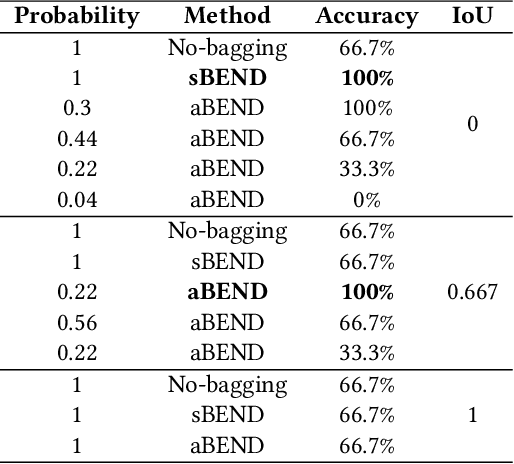BEND: Bagging Deep Learning Training Based on Efficient Neural Network Diffusion
Paper and Code
Mar 23, 2024



Bagging has achieved great success in the field of machine learning by integrating multiple base classifiers to build a single strong classifier to reduce model variance. The performance improvement of bagging mainly relies on the number and diversity of base classifiers. However, traditional deep learning model training methods are expensive to train individually and difficult to train multiple models with low similarity in a restricted dataset. Recently, diffusion models, which have been tremendously successful in the fields of imaging and vision, have been found to be effective in generating neural network model weights and biases with diversity. We creatively propose a Bagging deep learning training algorithm based on Efficient Neural network Diffusion (BEND). The originality of BEND comes from the first use of a neural network diffusion model to efficiently build base classifiers for bagging. Our approach is simple but effective, first using multiple trained model weights and biases as inputs to train autoencoder and latent diffusion model to realize a diffusion model from noise to valid neural network parameters. Subsequently, we generate several base classifiers using the trained diffusion model. Finally, we integrate these ba se classifiers for various inference tasks using the Bagging method. Resulting experiments on multiple models and datasets show that our proposed BEND algorithm can consistently outperform the mean and median accuracies of both the original trained model and the diffused model. At the same time, new models diffused using the diffusion model have higher diversity and lower cost than multiple models trained using traditional methods. The BEND approach successfully introduces diffusion models into the new deep learning training domain and provides a new paradigm for future deep learning training and inference.
 Add to Chrome
Add to Chrome Add to Firefox
Add to Firefox Add to Edge
Add to Edge